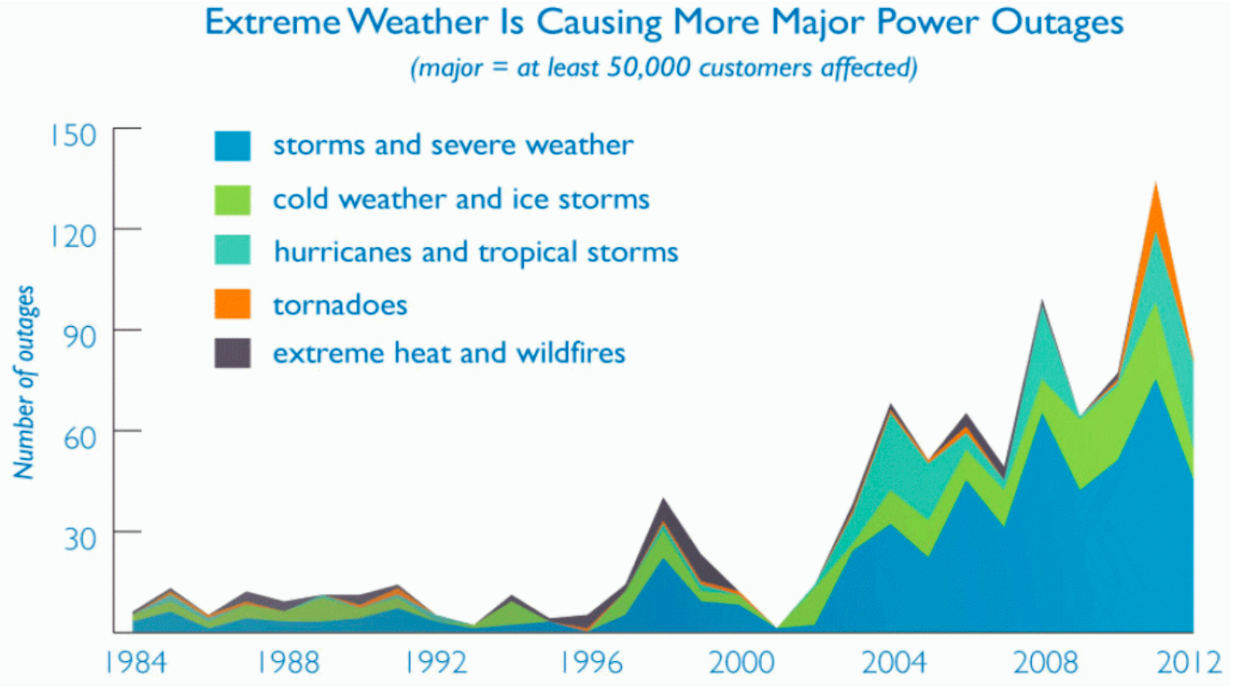FARABI BASHAR, MBSc
Solar Generation Potential of Residential Neighbourhoods in An Urban Area Of Downtown Toronto
Read the full Master Research Paper HERE.
Pollution, energy security and climate change are the drivers that put into motion the need to shift to renewable energy sources from fossil fuels. Arguably one of the most promising and reliable renewable sources of energy available today is the electricity generated from photovoltaic solar panels (PV modules). This research quantifies the amount of electricity that can be generated within two 100 years old Cabbagetown residential neighbourhoods in Toronto.
Renewable energy sources have relatively low geographic density and at most times are spread out over large areas sparsely. Therefore, implementation of solar PV modules in urban areas, where the land price is more with higher opportunity costs, are the perfect places to promote such solar technologies. This research study used cloud-based solar design software called Helioscope to calculate the total solar electrical production of the homes that represent the neighbourhood. Furthermore, through national resources of Canada data’s the total energy consumption of the same analyzed houses was calculated to analyse how much of the typical electricity use can be offsetted through roof top solar generation. Additionally, limiting factors like shade from trees and surrounding buildings, solar irradiance values, and orientation of the rooftop PVs were analyzed to see how they affected the solar potential. This analysis provides a better understanding of the potential of solar energy generation in the existing, established urban areas such as Cabbagetown in Toronto, and the methodology can act as a template for future studies in other places in Canada as well as internationally.
Solar Generation Potential of Residential Neighbourhoods in An Urban Area Of Downtown Toronto
Read the full Master Research Paper HERE.
Pollution, energy security and climate change are the drivers that put into motion the need to shift to renewable energy sources from fossil fuels. Arguably one of the most promising and reliable renewable sources of energy available today is the electricity generated from photovoltaic solar panels (PV modules). This research quantifies the amount of electricity that can be generated within two 100 years old Cabbagetown residential neighbourhoods in Toronto.
Renewable energy sources have relatively low geographic density and at most times are spread out over large areas sparsely. Therefore, implementation of solar PV modules in urban areas, where the land price is more with higher opportunity costs, are the perfect places to promote such solar technologies. This research study used cloud-based solar design software called Helioscope to calculate the total solar electrical production of the homes that represent the neighbourhood. Furthermore, through national resources of Canada data’s the total energy consumption of the same analyzed houses was calculated to analyse how much of the typical electricity use can be offsetted through roof top solar generation. Additionally, limiting factors like shade from trees and surrounding buildings, solar irradiance values, and orientation of the rooftop PVs were analyzed to see how they affected the solar potential. This analysis provides a better understanding of the potential of solar energy generation in the existing, established urban areas such as Cabbagetown in Toronto, and the methodology can act as a template for future studies in other places in Canada as well as internationally.
